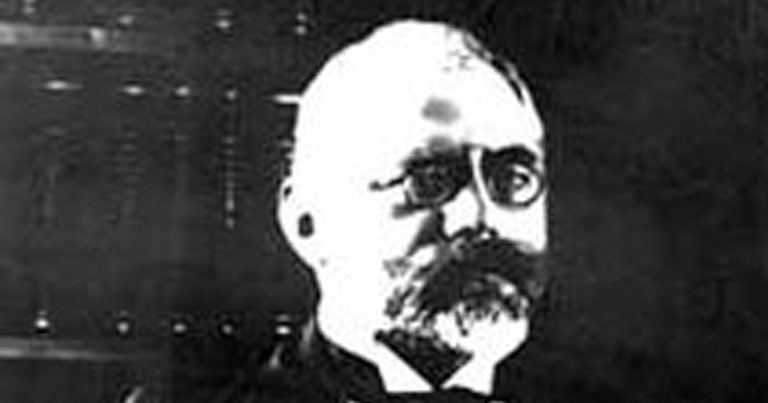1898: first steps
In 1898, Hans von Pechemann, a German chemist, observed a white precipitate obtained from the decomposition of diazomethane (which he had discovered in some ether in 1894).
The product was described a year later by Eugen Bamberger and Friedrich Tschirner as polymethylene ([CH2]n), a polymer with a formula identical to that of polyethylene ([C2H4]n).
1933: a giant is born
In 1933, two chemists, Fawcett and Gibson, who worked for ICI (Imperial Chemical Industries, based in London, product of the merger of Brunner Mond, Nobel Explosives, the United Alkali Company and the British Dyestuffs Corp.), were testing the reactions of a range of chemical compounds under extremely high pressure.
It was during one of these tests that a reaction between ethylene and benzaldehyde was triggered and it appeared that a leak in the test apparatus had allowed all the pressure to escape. The test was repeated with identical results: a whitish substance resembling plastic was recovered and the loss of pressure was explained by the polymerisation of same. The results of this experiment were to change the world – polyethylene was born!
From 1936 on, ICI industrialised the new thermoplastic, which played an important role in the Second World War. To begin with, polyethylene was used to coat undersea cables, then as an insulator for the all-new on-board radar sets installed in fighter planes and bombers, playing a decisive role in Allied aviation.
Being light and strong, polyethylene is ideal for the aeronautical industry and even today, it is used in the manufacture of numerous parts and insulators fitted to our aeroplanes.
Polyethylene, or PE as it is commonly called, is a chemically inert, translucent thermoplastic polymer that is easy to handle, resistant to low temperatures, easily produced and inexpensive.
In the post-war years, PE became a great success, with consumers adopting it en masse for their day-to-day objects such as water bottles, fizzy drink bottles, milk bottles, packaging, etc., and it is still the most widely used plastic in the world today.
PE’s many qualities have led to it becoming part and parcel of modern construction: it makes an excellent insulator for houses and its energy impact is largely positive. Indeed, the American Department of Energy estimates that by using PE rather than other types of insulation, 60 million barrels of crude oil can be saved every year.
As using polyethylene to transport water significantly cuts the leakage rate, the majority of industrialised countries have naturally chosen to use it not only for that, but also gas distribution networks where it has successfully replaced conventional materials and considerably improved their security and longevity.
The three main polyethylene families are HDPE (High Density PE), LDPE (Low Density PE) and LLDPE (Low Linear Density PE).
In 2007, the Brazilian company Braskem announced the certification of “green polyethylene”, that was polymerised from ethylene derived from ethanol, which itself had been obtained by the fermentation of sugar cane.
Polyethylene is produced in numerous places in Europe and the world and its many intrinsic qualities and developments over the years have made it an innovative, high performance material that continues to grow in popularity, particularly in the construction, public works and pipeline sectors.
The Gibson-Fawcett Award, named after the inventors of polyethylene, is awarded to this day by the Royal Society of Chemistry to recognise outstanding work in the field of materials chemistry, with the emphasis on the originality and independence of the work carried out.
MAB
